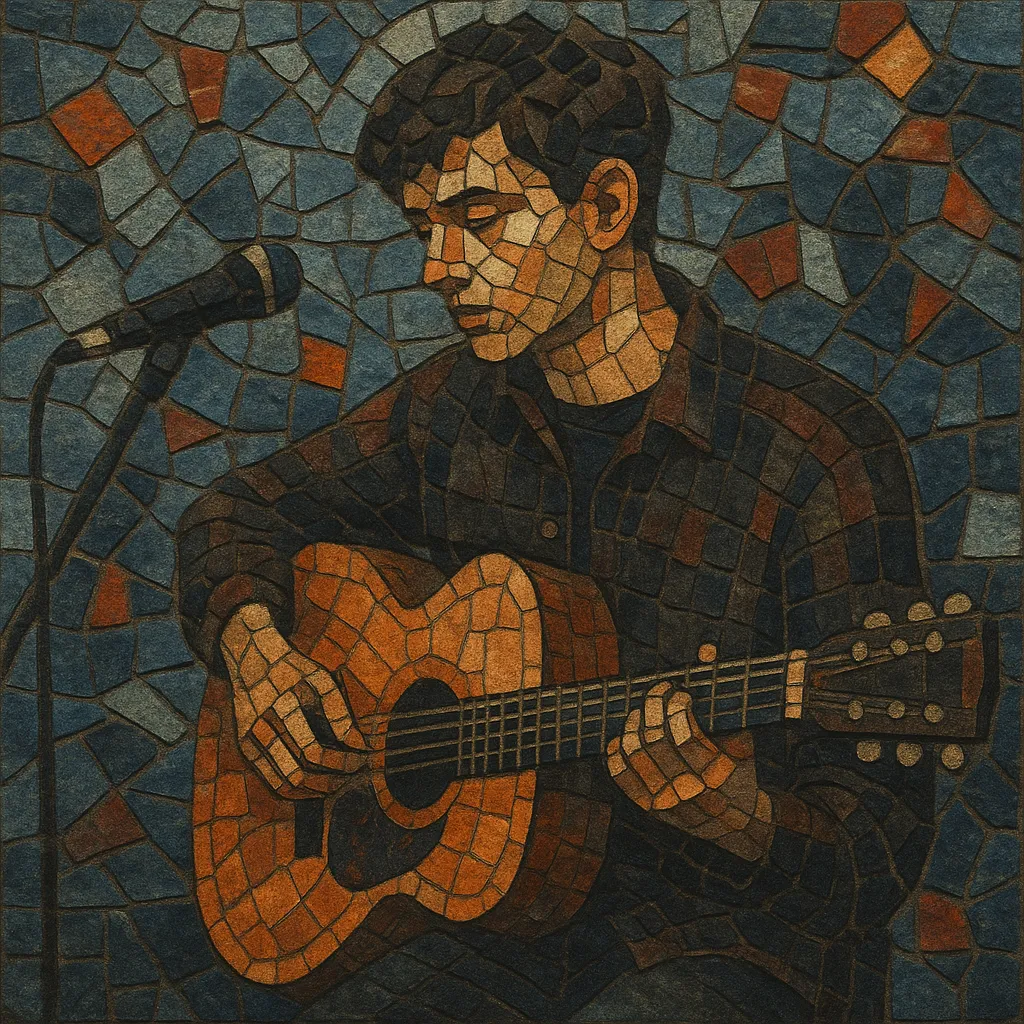German indie is a broad umbrella for independent rock and pop made in Germany, characterized by guitar-driven arrangements, literate German-language lyrics, and a strong DIY/label culture.
It blends the energy of punk and post-punk with the melodic sensibility of indie pop and the textural curiosity of shoegaze and electronic music. Many acts place emphasis on everyday realism, social observation, and self-reflection, often delivered with irony or understated wit. The scene is closely tied to influential indie labels and collectives, and it values authenticity over glossy mainstream production.
German indie coalesced in the early-to-mid 1990s as bands adopted a DIY ethos and German-language lyricism within a guitar-centric indie framework. While musically connected to Anglo-American indie rock, the scene carved out a distinct identity through smart, socially observant writing and a locally rooted label infrastructure.
Precedents lay in late-1980s German post-punk and alternative rock. The early 1990s “Hamburger Schule” (Hamburg School) became a touchstone, with bands embracing German lyrics, artful wordplay, and indie aesthetics. Independent labels and small venues were crucial in incubating artists, while the sound drew on punk urgency, post-punk angularity, and the melodic poise of indie pop.
In the 2000s, German indie diversified: some groups leaned toward indietronica and subtle electronic textures, while others delivered hooky, radio-friendly indie pop that reached mainstream audiences. Festivals and national radio gave wider exposure to German-language indie without erasing the scene’s independent sensibility.
Streaming and social media enabled a new generation to flourish. Artists mixed indie rock tropes with bedroom-pop production, subtle electronic grooves, or post-punk revival grit. Labels and collectives continued to play a central role, while touring circuits and summer festivals sustained a strong live culture.
Common threads include conversational vocals, wry or introspective storytelling, and arrangements that balance guitar, bass, and drums with occasional synths or electronics. The music often favors clear structures, tasteful dynamics, and production that highlights lyrical content and band interplay.


